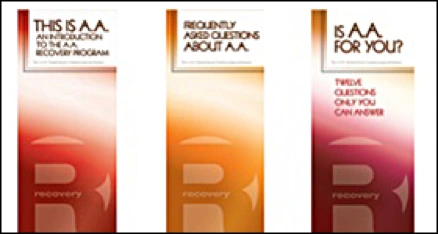An Introduction to Substance Use Disorders for Dental Professionals
Course Number: 545
Course Contents
Dental Clinician/Patient Communication Regarding Alcohol Use
Patients may not openly admit they have an alcohol problem. Many times, this is omitted from a medical history and only occasionally will it come up in conversation if a patient is seeking help or guidance. The dental clinician must be competent at recognizing signs, especially if a patient is “under the influence.” Use the senses: The smell of alcohol on breath or the odor of alcohol upon opening the bloodstream during scaling; the patient has a red face or bloodshot eyes; has hypertrophy of parotid glands; exhibits slurred speech; or demonstrates impaired or inappropriate behavior.
When alcohol abuse is suspected in the dental patient, management depends on whether or not the patient is intoxicated, shows signs of alcohol abuse or reports a substance use disorder on the health history. A patient who comes to the appointment in an inebriated state should be rescheduled and accompanied to their home by a responsible person. This can become a delicate situation for which the dental office would become liable if they were to treat this patient by administering injectable/topical anesthetics or performing scaling which could induce prolonged bleeding. Some dental offices now keep an alcohol breathalyzer on hand to test the patient’s blood alcohol levels to determine if treatment is contraindicated. Protocols for dealing with patients suspected of being under the influence of alcohol should be established in the office. The office personnel may consider testing the patient’s blood alcohol levels, having the patient sign-off to have or not have treatment, gently suggesting the appointment be rescheduled for another day or dismissing the patient.
Patients with signs of oral-related pathology should be educated about oral cancers and conditions that can persist and may be related to alcohol consumption. Many patients withhold critical information from their medical history and a patient interview may provide an accurate picture of the amount of alcohol or drug use. Providing an overview of associated lifestyle habits can infer to the patient’s inherent risks of alcohol indulgence without getting invasive or too personal. Proper documentation of clinical findings and suspected lifestyle should be documented in the patient’s chart for future reference.
If an alcohol dependent patient presents for dental treatment and wants to discuss their current dependency, it is important to provide a safe, accepting environment in which to deliberate. Having support materials on hand within your dental office from a resource such as Alcoholics Anonymous (AA) can provide a tie to that support system without the patient having to do research themselves. Keeping a printed list (or marking it in your web browser) is another convenient means to help an alcohol dependent patient seek help. Placing brochures or AA meeting lists inside the oral hygiene take-home bags will keep this information discrete. Make sure the patient approves of the information before providing it as a take along (Figure 9).
Figure 9. Examples of Informative Brochures Available from Alcoholics Anonymous.
Image source: Alcoholics Anonymous pamphlet library


